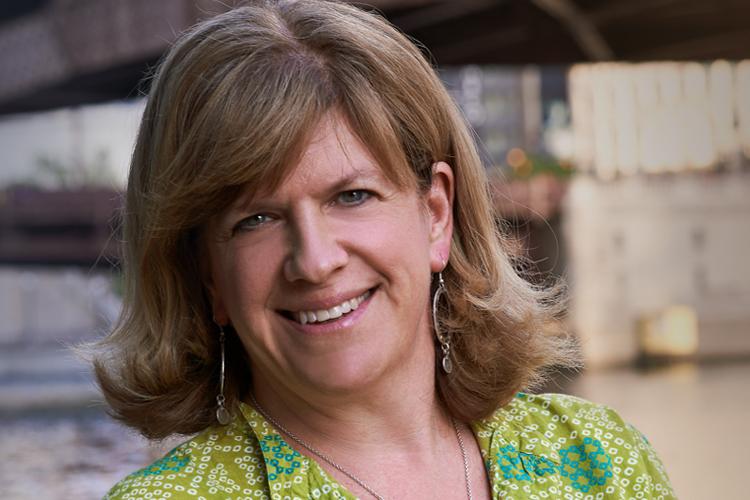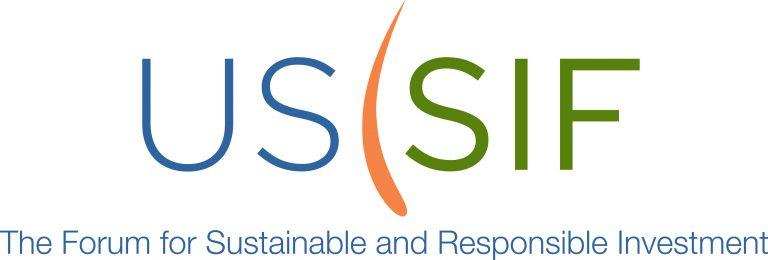Reflections From a Field Builder: The Next 25 Years of SRI Investing
The Unstoppable Growth of Sustainable, Responsible and Impact Investing
Reflections from a Field Builder: The Next 25 Years of SRI Investing
by Lisa Woll, CEO, US SIF: The Forum for Sustainable and Responsible Investment
While offering the standard disclaimer that past performance is no guarantee of the future, I nevertheless offer some predictions for, and reflections about, the future of sustainable and impact investing.
The field has grown from $639 billion in assets in 1995 to $8.72 trillion in 2016. It will be very surprising if the next decade does not bring continued expansion in assets and in the types of investors who control those assets, as well as further growth in the products and services available.
High net worth individuals, on their own or as part of a family office or foundation, will increasingly drive their assets into this space. Foundations, historically slow movers in changing their investment process, will feel increasing pressure from the leadership shown by many smaller foundations and several large ones in connecting their mission to their endowments. Pension funds, including private sector funds that might be motivated by recent ERISA changes, will take their time, but more will offer sustainable investment options, especially if plan participants demand this.
Retail investors may be the next big movers in sustainable investment if the market can continue to bring interesting investment options to them in public equities, fixed income, and local and community investment options. Of late, every month seems to bring a new robo-advisor that either focuses on SRI or has created an SRI platform. These robo platforms will put pressure on advisors and advisor platforms to be informed on sustainable investment. Courses like our Fundamentals of Sustainable and Impact Investment are ways for advisors and other professionals to quickly gain familiarity.
We’ll also continue to see more service providers come to market with SRI products, ratings and platforms. Ultimately, investors will benefit from the greater depth and breadth of available products along with greater visibility into the underlying holdings in their portfolios.
Our sector should spend less energy debating terminology and whether one asset class is superior to another.
There is no winner in these debates. This field has been around for more than 30 years and firms will continue to use different terminology. It is more important to have a shared and compelling message on why we do what we do than identical vocabulary.
The opportunity we cannot miss in the next several years is to link up each part of our ecosystem to a broad portfolio approach. The future needs more industry leaders speaking inclusively about our shared work so that the public understands that investments that have impact can be made in public equity, private equity and fixed income, and in institutions like community banks and credit unions.
ESG integration will be the preferred strategy among many new entrants to the industry, but the field will remain rich in approaches.
Survey data from our biennial Report on US Sustainable, Responsible and Impact Investing Trends suggests that US money managers are applying ESG integration processes to assets that totaled $5.8 trillion at the beginning of 2016. At the same time, there are firms with decades of SRI experience as well as new entrants trying to address thorny issues like mass incarceration, income equality and clean energy through a multi-faceted investment approach, often including shareholder engagement. Our opportunity is to welcome the multiplicity of approaches and continue to offer education, training, research, convenings and other resources to help financial professionals gain expertise.
However, managers taking an opaque approach to ESG integration are on borrowed time.
Our 2015 report on Unlocking ESG Integration found that only half of the 16 large money managers surveyed that claimed to practice ESG integration provided full disclosure in the form of examples or detailed information on the ESG criteria they consider for these assets. This is becoming an energetic discussion topic among industry professionals, many of whom question whether this lack of information will turn investors away. Managers who disclose the specific ESG criteria they consider and clearly articulate whether their ESG integration practice is systematic and consistent across all affected assets will be better positioned to attract investors.
The future should be one where sustainable investors are present in the rooms where it happens – the offices of their elected and appointed officials at local and national levels.
Commitment to address climate change, the ability to offer shareholder resolutions and a host of other important issues for sustainable investors are at risk in our current policymaking environment. But this engagement is not only important in times when we are playing “defense.” As our paper on the Impact of Sustainable and Responsible Investment has shown, the policy work of sustainable investors has yielded important victories over the last several decades. Sustainable and impact investors are already linking environmental and social outcomes to the financial markets—the engagement in policy should be recognized as a critical way to further support and achieve these outcomes. US SIF is creating a policy training program to help a cadre of our members embed this expertise in their firms.
Europe and the United States will continue to be the leading actors in the sustainable and responsible investment marketplace in terms of assets, but the near future will see sustainable investment pick-up in markets that have been largely quiet.
It’s exciting to think about the opportunity to work together with our partners in the Global Sustainable Investment Alliance (GSIA) to help our colleagues advance SRI in Latin America, Africa, Asia and the Middle East. Already, the GSIA’s Global Sustainable Investment Review has contributions from Africa, Asia and Latin America, and field building institutions are being created in different regions around the world.
What we know and act on today will determine what the next 25 years look like...Find out more of Lisa's vision for this fast growing financial marketplace that benefits us all at - http://greenmoneyjournal.com/reflections-from-a-field-builder-the-next-25-years-of-sustainable-responsible-and-impact-investing/
====



